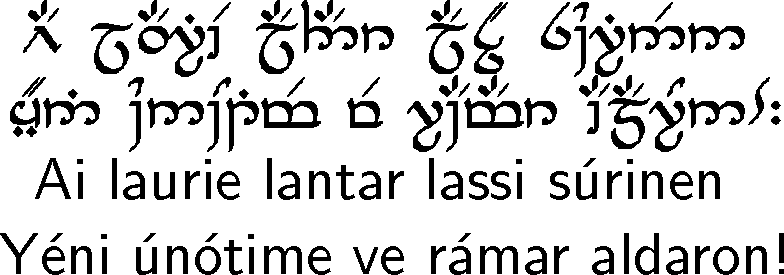
How J.R.R. Tolkien Built A Language
J.R.R. Tolkien: The Linguistic Architect of Middle-earth
This September marks 50 years since we lost J.R.R. Tolkien (1892–1973), an English writer, scholar, and linguist whose creative genius reshaped the landscape of fantasy literature. Born in Bloemfontein, South Africa, he moved to England at a young age. With a deep love for languages and mythology, Tolkien became a distinguished philologist and professor, teaching at Oxford University.
His most celebrated works, The Hobbit and The Lord of the Rings trilogy, introduced readers to the captivating realm of Middle-earth. His storytelling brilliance blended intricate world-building with rich characters, culminating in epic tales that explored themes of heroism, friendship, and the battle between good and evil.
The impact of J.R.R. Tolkien on literature, language invention, and fantasy culture is immeasurable. His imaginative creations have inspired generations of writers, artists, and readers, solidifying his place as one of the greatest literary visionaries of the 20th century. But just how and why did he do it all?
The Birth of Languages
Tolkien’s fascination with languages began at an early age. He developed a deep love for philology, the study of languages and their historical development, which eventually led to his creation of fully developed fictional languages. One of his most well-known linguistic accomplishments is the Elvish language family.
He constructed two major Elvish languages, Quenya (An example of which is shown above, written and as pronounced) and Sindarin, each with its own grammar, vocabulary, and linguistic history. He even went as far as to create writing systems for these languages, giving them a visual presence in his fictional world. These languages were not just linguistic exercises but integral components of his world-building.
The Why Behind the Creation
Tolkien’s creation of languages was driven by his desire for authenticity and immersion in the world of Middle-earth. He believed that languages were intrinsic to a culture and shaped its people, history, and worldview.
By inventing languages for his various races and cultures, he imbued his fictional world with a sense of realism and depth rarely seen in fantasy literature. He was not content with merely crafting tales; he wanted to provide his readers with a fully immersive experience, and languages played a pivotal role in achieving that goal.
Integration Into Narratives
Tolkien’s linguistic creations were not simply exercises in linguistics; they were woven intricately into his narratives. He used these languages to enrich character development, cultural interactions, and world-building. The characters’ names, place names, and even poetic verses in The Lord of the Rings were often derived from his invented languages.
The Elvish language, for instance, was portrayed as a language of beauty and elegance, reflecting the grace and wisdom of the Elves. This integration allowed readers to glimpse the depth and complexity of Middle-earth’s history and cultures, enhancing the immersive experience.
Impact and Enduring Legacy
Tolkien’s linguistic creativity has left an indelible mark on both literature and popular culture. His invention of languages sparked the imaginations of countless readers and inspired subsequent generations of writers, linguists, and fantasy enthusiasts.
The depth and authenticity he brought to his fictional languages set a high bar for world-building in the fantasy genre. His languages were so convincing that they inspired academic studies, with linguists examining their linguistic structures and grammatical intricacies.
Beyond academia, The linguistic creations of J.R.R. Tolkien have become integral to modern popular culture. Words like “Mellon” (meaning “friend” in Sindarin) and “Namarie” (meaning “farewell” in Quenya) have become familiar to fans of the books and movies. The languages have also found their way into adaptations, role-playing games, and fan fiction, showcasing the enduring impact of Tolkien’s linguistic legacy.
Tolkien’s creation of languages for Middle-earth stands as a remarkable achievement that elevates his already acclaimed works to unparalleled heights. His linguistic endeavors were not just creative pursuits; they were expressions of his dedication to authenticity, world-building, and storytelling.
By bringing languages to life in Middle-earth, J.R.R. Tolkien created a legacy that extends beyond his stories, reminding us of the power of language to shape and enrich our perception of the world around us.